1,570 days, 2,406 entries ...
Newsticker, link list, time machine: HOLO.mg/stream logs emerging trajectories in art, science, technology, and culture––every day
May 2021
“I had almost given up thinking anyone would see my physical and digital sculptures on equal footing. But right now, the digital ones are more important, and after twenty years of seeing digital art sidelined, I find that exciting and very welcome!”
While researching the CO2 footprint of the Ethereum (ETH) cryptocurrency chain, media artist Kyle McDonald discovered ‘graffiti’ early miners left in ETH blocks using the “extraData” field. “One miner operating in 2016 decided to tell a story: one word per block, over 2.5 months,” McDonald writes on Twitter. “Maybe one of the slowest monologues ever” was mined over 129 blocks for 648 ETH and had a happy ending: “it looks like they cashed out early this year, for around half a million USD.”
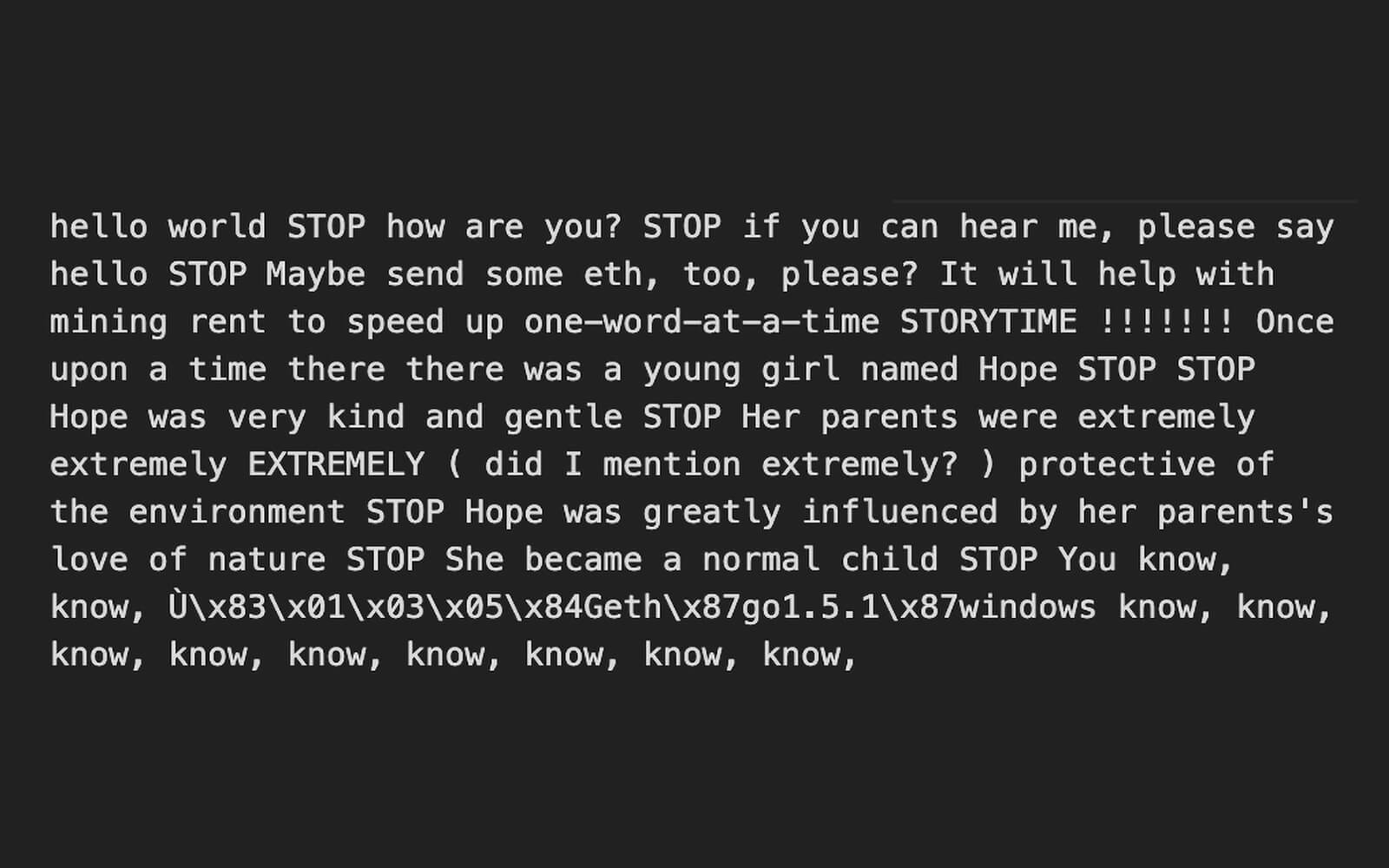
“A suggestive allegory for how personal memories, past lives, and documentation intersect on the plane of individual psychology, Gysin’s The Last Museum could not have anticipated the spatial and temporal bardo that is the World Wide Web.”
A vision of a post-anthropocentric kinship future, Superflux’s immersive installation Invocation for Hope premieres at the Museum of Applied Arts (MAK), Vienna, as part of the Biennale for Change. Set to sounds by Cosmo Sheldrake, the London-based speculative design studio charts a path through a burnt forest destroyed by wildfire so that visitors may experience its restoration as they walk towards the centre. Here, a pool invites reflection, “as part of the planet, not masters of it.”
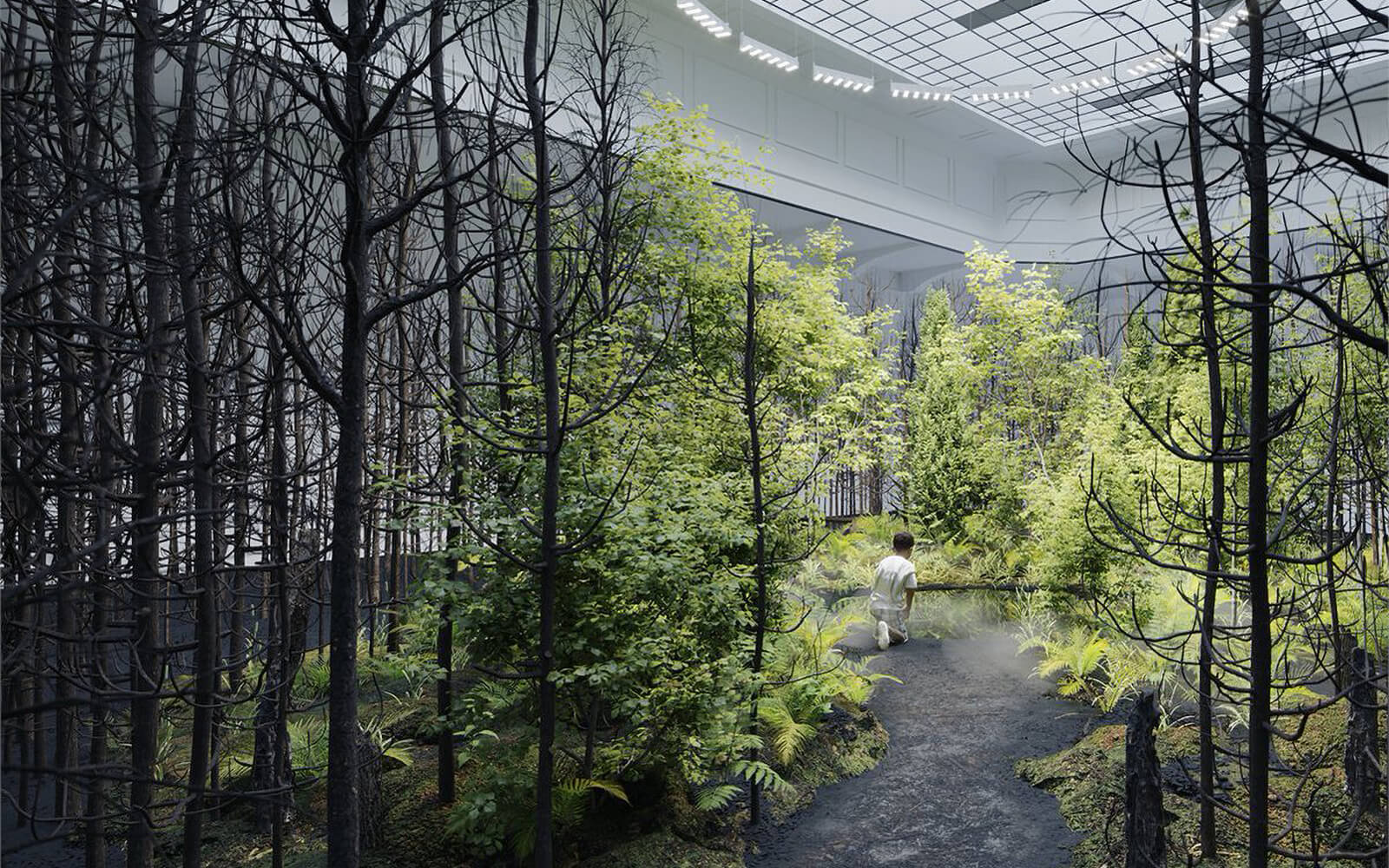
“There’s a kinship with some of my collaborative art projects, where users inhabit these extremely technical and often quite sterile, even hostile, environments like a phone interface. ‘Push 1 if X, push 2 if Y, push 3 if Z’—one of the most hated technological inventions of our age.”
Featuring three new browser-based works by Mary Maggic (Estroworld Now: Quarantine Edition, image), Luiza Prado de O. Martins, and Sissel Marie Tonn, “Toxicity’s Reach” launches as part of AND 2021. Channelling the history of industrial pollution of the River Mersey in Liverpool—this year’s home of the nomadic festival—the Dani Admiss-curated online exhibition asks how “contaminants of emerging concern (CECs)” such as microplastics, fertilizers, and pharmaceuticals in our waterways affect us biologically, socially, and ideologically.
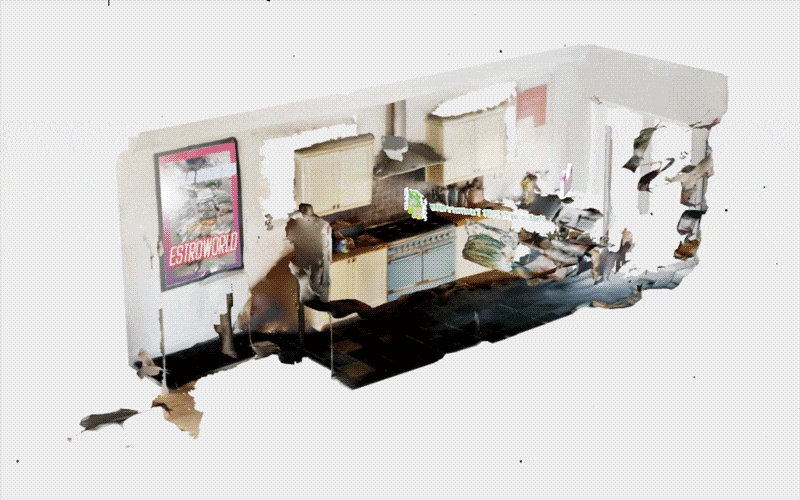
SAMSUNG MEANS REBIRTH premieres, as part of the 11th Seoul Mediacity Biennale. Squarely focused on South Korea’s most prominent technology multinational, Young-Hae Chang Heavy Industries’ seven-episode video series offers an unflinching look at Samsung’s fervent corporate ethos and poses related questions of labour and value. In the first episode “The Executive,” tales of obedience and overreach are spelled out in big punchy typography—bleak narratives of corporatized death and devotion, synchronized with a jazzy score.
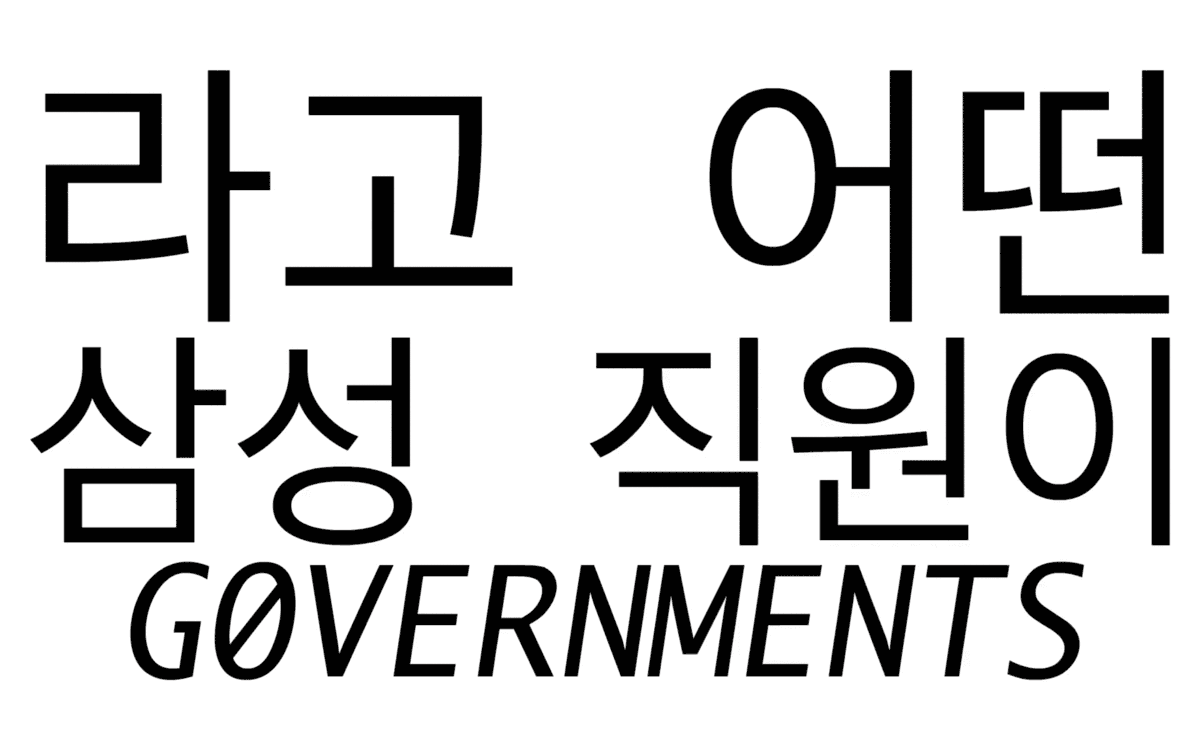
“They use memes and laser eyes and are hooked on the inevitability of their vindication; this curiously masculine trait of just believing that if you can convince yourself that something is real, everyone else will believe you, and many men my age do.”
International researchers have compiled an atlas of microorganisms residing in subways (or mass transit) in major urban centres. Building on enthusiasm for geneticist Christopher Mason’s 2015 research on microbes in New York City’s subway system, this study dispatched teams of scientists and volunteers to swab turnstiles, railings, ticket kiosks, and benches inside transit stations and subway cars in 60 cities. Their findings, published in Cell, include the discovery of 10,000 previously unidentified species of viruses and bacteria.

“Our stories, especially our deep stories, are the algorithms that instruct us how to be in the world.”
Seoul-based artist duo Kimchi and Chips transforms a pedestrian bridge in Gwanmyeong, Gyeonggi-do province, South Korea, into a dynamic op-art display by adding a kinetic light artwork as a permanent outdoor fixture. Optical Rail features a more than 11-meter-wide band of backlit monochromatic patterns that are distorted by a motorised array of Acrylic lenses. As the array moves across the patterns, the lenses “decode a layer of time stored in static images, rendering a duet between the motion-ful and the motionless.”
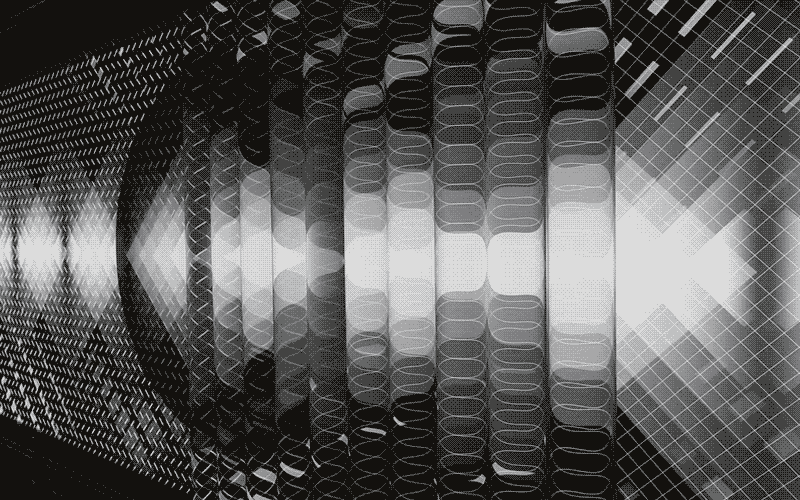
Christian Stiegler
The 360° Gaze
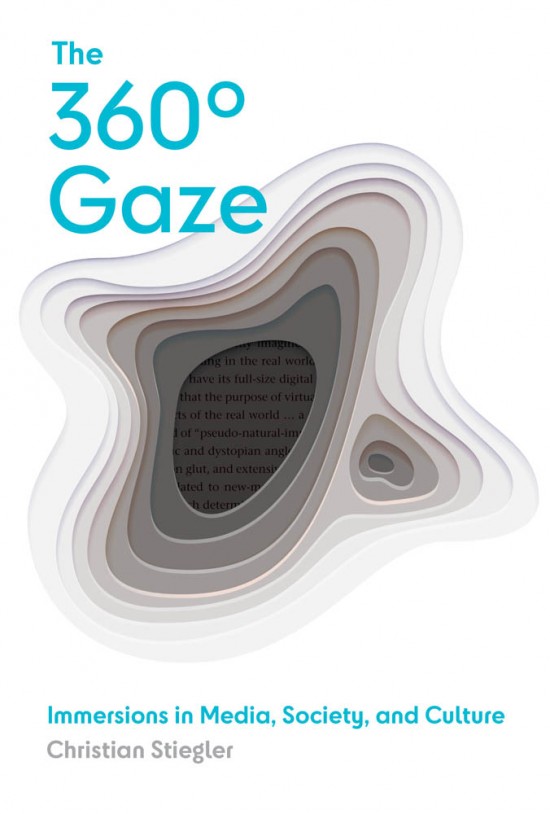
“Thousands of Berliners had waited in line to see the Neues Museum reopen to the public but Egyptians had waited almost a century for her return.”
Curated by Hashim Sarkis, dean of MIT’s School of Architecture and Planning, the 17th Venice Biennale of Architecture opens, asking “How Will We Live Together?” Among the 112 participants are Ani Liu (A. I. Toys), Dani Ploeger (A Space War Monument), Pinar Yoldas (Hollow Ocean), and Superflux (Refuge for Resurgence), offering evocative visions of planetary restoration. “At this moment, we are tired of dystopias,” Sarkis told Architectural Record. “We were looking for signs of hope and optimism, and we found a lot of it.”
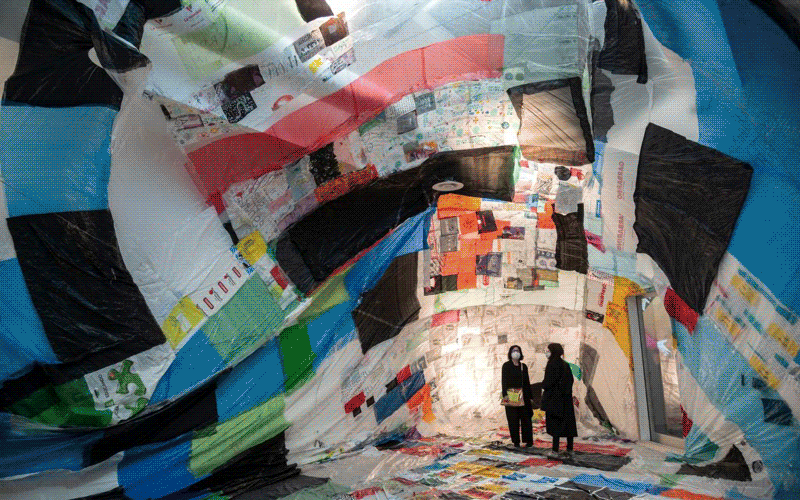
“A raven is seated on a high perch next to a mushroom; a rat has a wasp and a fox as neighbours. Each setting at the table has been carefully tailored to fit its occupant—a walnut on a slice of bread for one, a chunk of tasty wood for another.”
Hundred Rabbits reveals uxn, an 8-bit virtual computer and new forever home of their eccentric software; a (truly) back to basics approach, it shifts from dependency to “longtermism.” Building on work with 6502 assembly (of NES fame), uxn—new tools built by the duo—is lightweight enough to run on NintendoDS or Raspberry Pi. “Most software is designed to run on disposable electronics and near impossible to maintain, we decided to not participate in this race to the bottom,” they summarize.
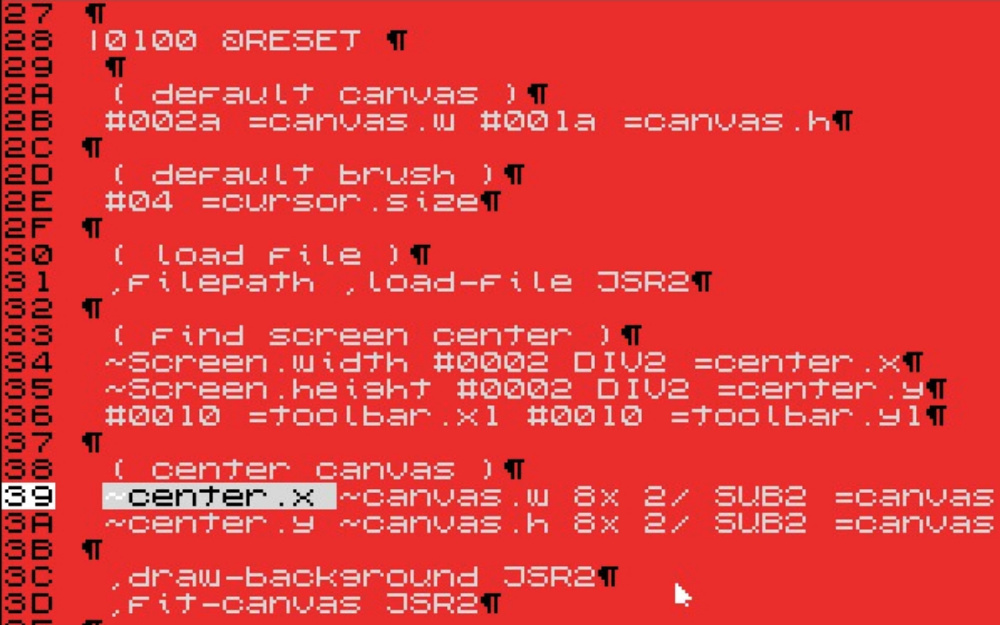
“Historians of hegemonic U.S. ideologies, from Frederick Douglass to Cedric Robinson, can help us see how the growth imperative is bolstered by racialized theories of human evolution, of capitalism as economy, and of imperialism.”
Slanted #37
Artificial Intelligence
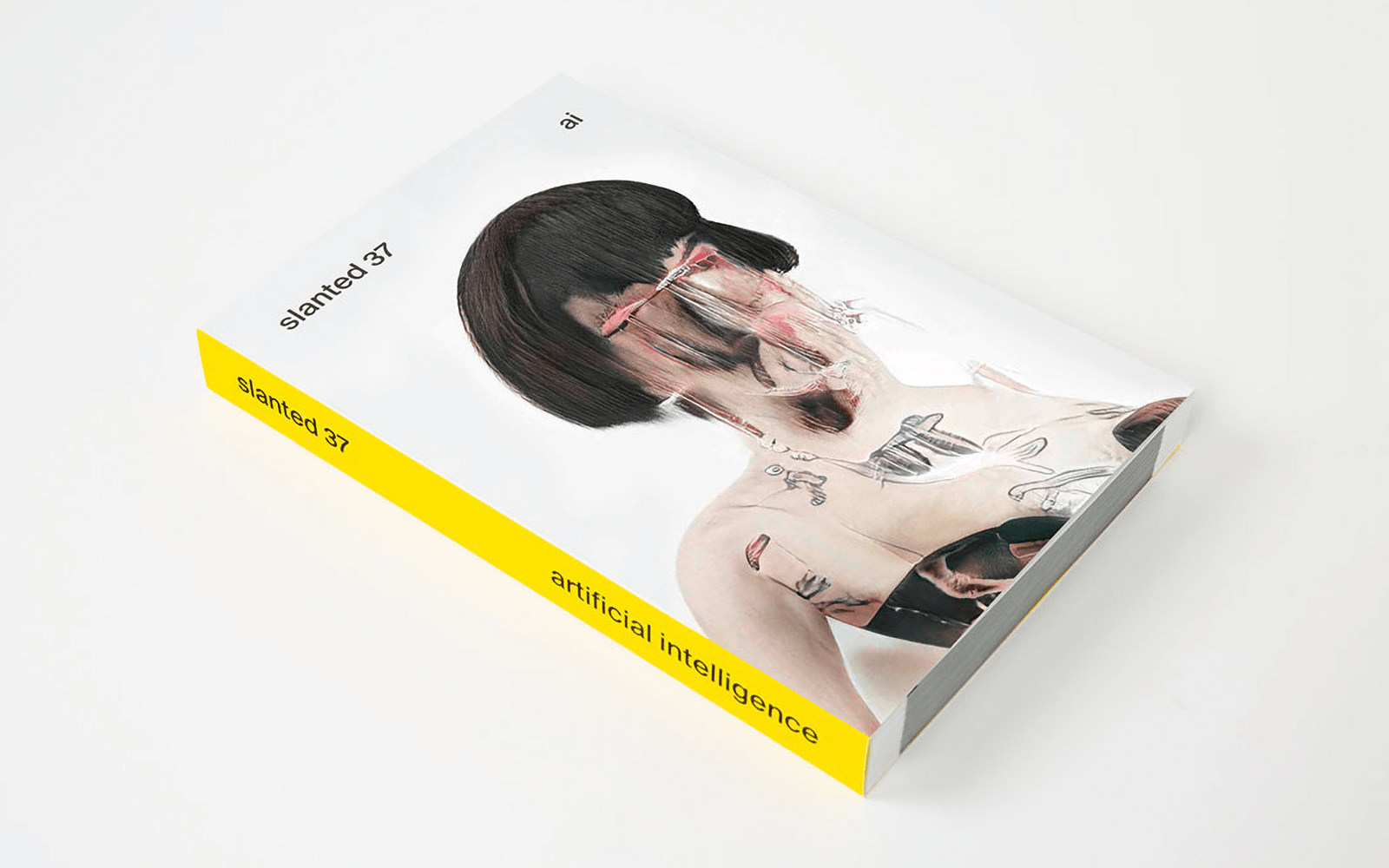
Daily discoveries at the nexus of art, science, technology, and culture: Get full access by becoming a HOLO Reader!
- Perspective: research, long-form analysis, and critical commentary
- Encounters: in-depth artist profiles and studio visits of pioneers and key innovators
- Stream: a timeline and news archive with 1,200+ entries and counting
- Edition: HOLO’s annual collector’s edition that captures the calendar year in print
